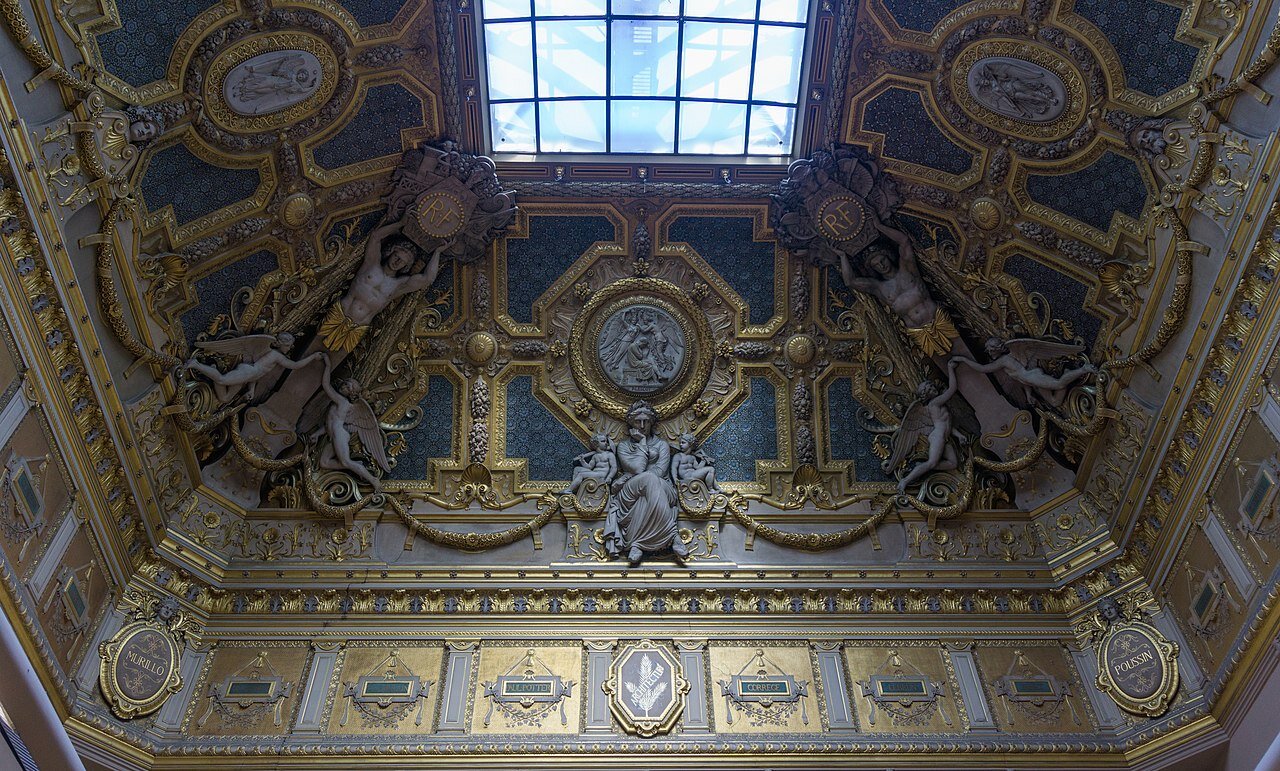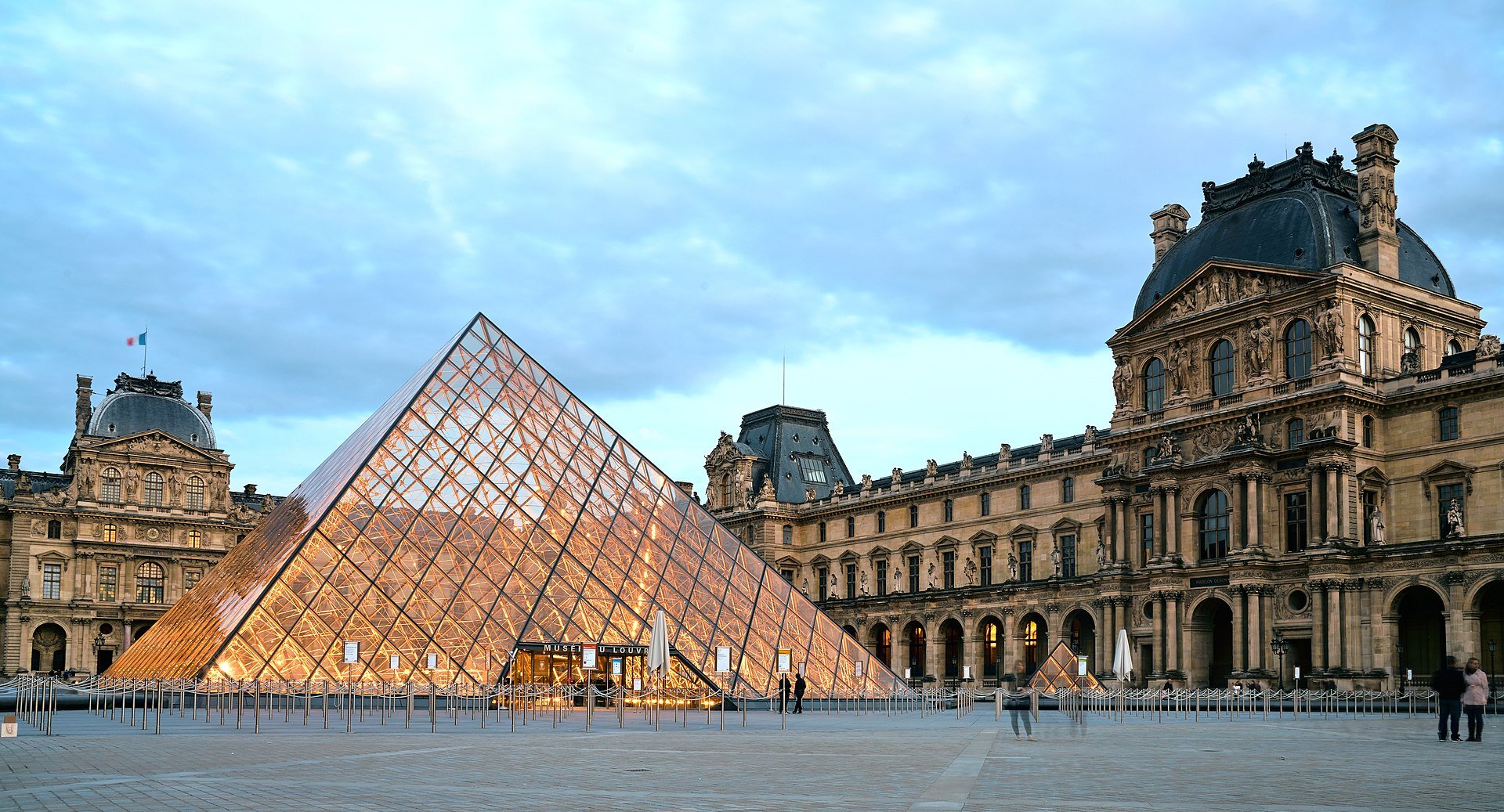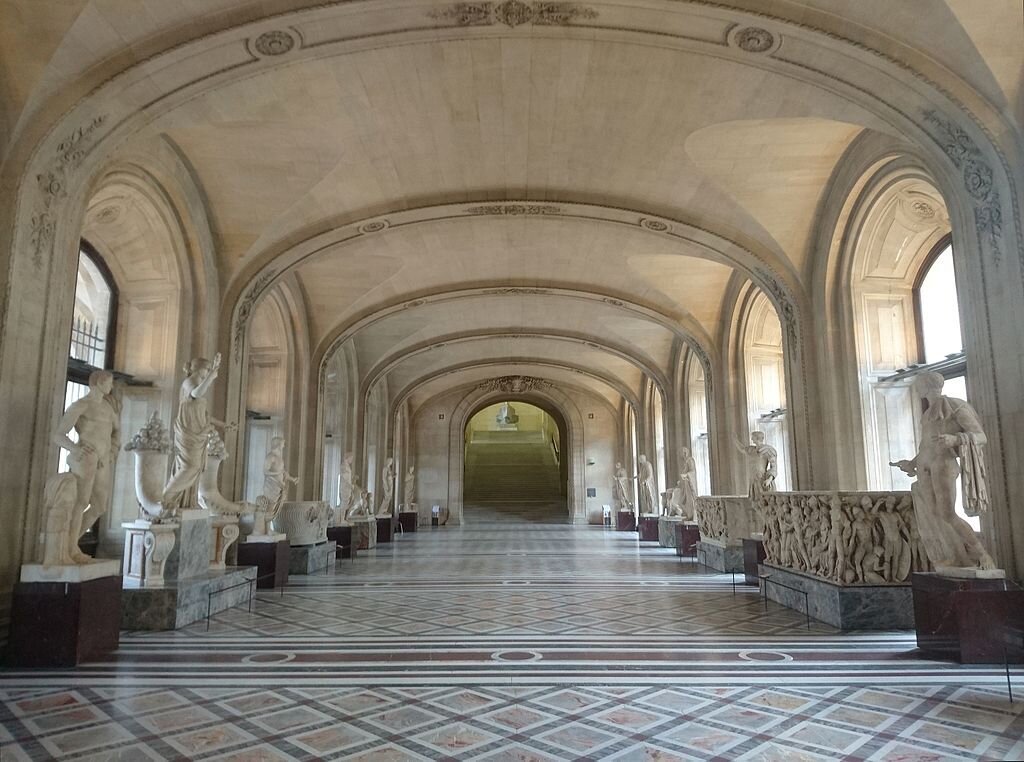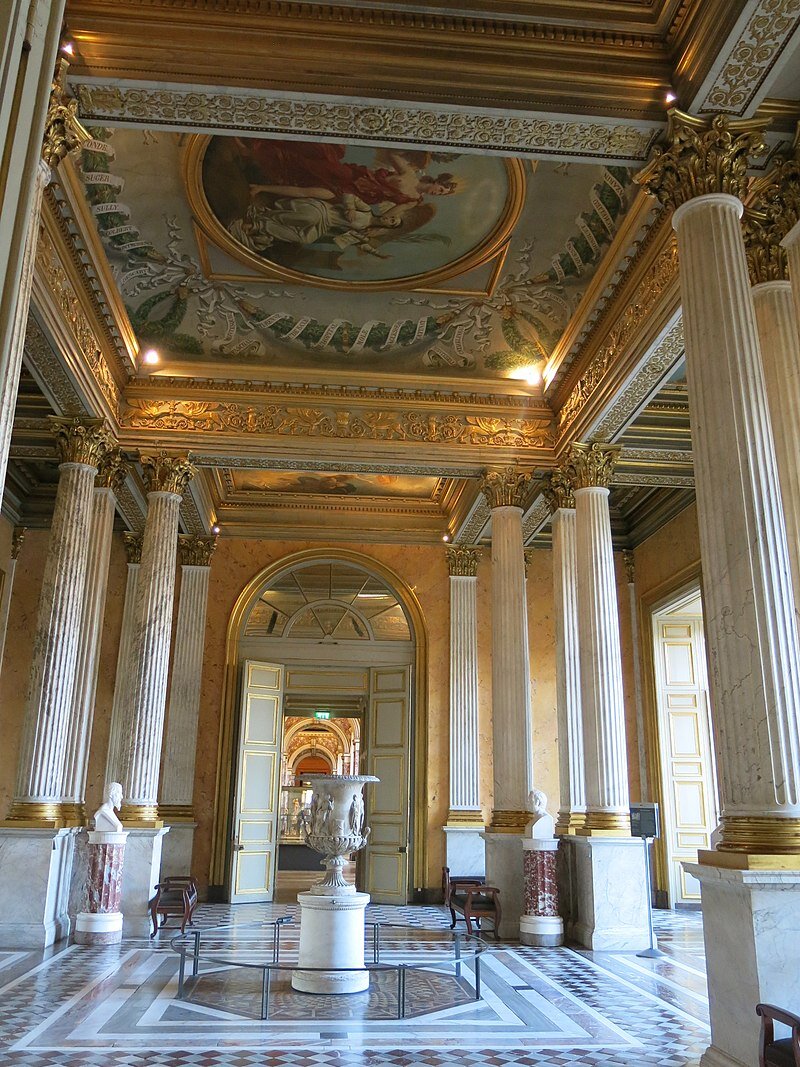The Louvre was originally built as a fortress in 1190, but was reconstructed in the 16th century to serve as a royal palace. In the 17th century, major additions were made to the building complex by Louis XIII and Louis XIV. Cardinal de Richelieu, the chief minister of Louis XIII, acquired great works of art for the king.
The Louvre ceased to be a royal residence when Louis XIV moved his court to Versailles in 1682. The idea of using the Louvre as a public museum originated in the 18th century. The comte d’Angiviller helped build and plan the Grande Galerie and continued to acquire major works of art. At the time when the museum first opened its doors in the August of 1793, it was called the Musee Central des Arts and only opened at weekends






In the 19th century two major wings, their galleries and pavilions extending west, were completed, and Napoleon III was responsible for the exhibition that opened them. The completed Louvre was a vast complex of buildings forming two main quadrilaterals and enclosing two large courtyards. The Louvre building complex underwent a major remodeling in the 1980s and ’90s in order to make the old museum more accessible and accommodating to its visitors. The ground-level entrance to this complex was situated in the centre of the Cour Napoléon and was crowned by a controversial steel-and-glass pyramid designed by the American architect I.M. Pei.
In 2012 a satellite location of the Louvre in the northern French town of Lens opened to the public. The Louvre’s painting collection is one of the richest in the world, representing all periods of European art up to the Revolutions of 1848. The Louvre’s collection of French paintings from the 15th to the 19th century is unsurpassed in the world, and it also has many masterpieces by Italian Renaissance painters, including Leonardo da Vinci’s Mona Lisa (c. 1503–19), and works by Flemish and Dutch painters of the Baroque period.

